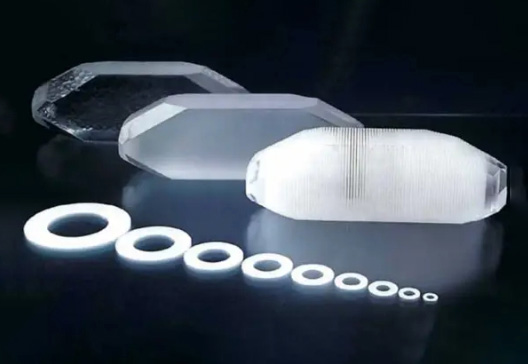Graphene Growth and Adherence to Silicon Wafers
Researchers at the National University of Singapore have unveiled a process in which graphene may be filmed onto silicon wafers via a growth process, increasing the effectiveness of face to face transfer of the material. Similar to the film adhesion of water, the graphene spreads out exponentially upon a silicon surface to coat it completely. The process revolutionizes the methodology in which graphene is adhered for technological use.
Graphene Onto A Silicon Wafer
This new process is the first for not only transfer, but reproduction of graphene onto silicon wafers and chips. This breaks from the industry standard of painting, where a liquid graphene is rolled onto silicon then allowed to dry as application. This standard method though used to develop graphene sheets up to 30 inches in length, caused issues by allowing impurities and defects to form in the layering process. Folds, cracks, and wrinkles were standard issues, and were acceptable in product loss due to a lack of more reliable methods. This has now changed with the growth and transfer method.
The process will allow a seed of graphene to be adhered to a silicon base then allowed to grow exponentially in natural parameters to fill a space. The graphene acts as an almost organic reaction, spreading out across its growing medium to cover and coat the silicon surface. This process reduces impurities added from the roll on process, and will give the graphene the edge when creating new surface area. The bonus research conducted, though primarily focused on silicon adhesion, suggests that graphene may well be utilized as a growth attachment to other materials.
Proof in the Pudding
During the investigative and experimental stages, thin ribbons of graphene were applied to silicon base structures and atomic force microscopy was utilized to capture the growth potential. At the same time, electrodes funneled charges through the growing surface plate to measure conductivity in order to ensure a viable product at the end of the experiment. This coinciding experiment showed no loss of conductivity in the process, demonstrating the process will be a viable solution to the roll and dry methods previously used.
Undoubtedly, this new process of placing graphene on silicon wafers will revolutionize the industry, with immediate benefits realized in limited impurities, lowered labor hours for application, and an increase in profitability realized from lessening application time.



